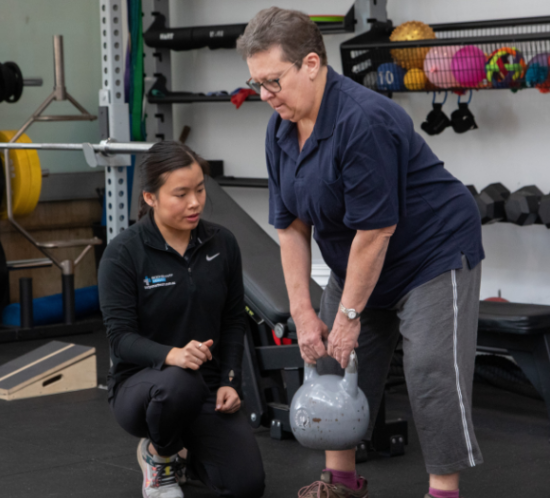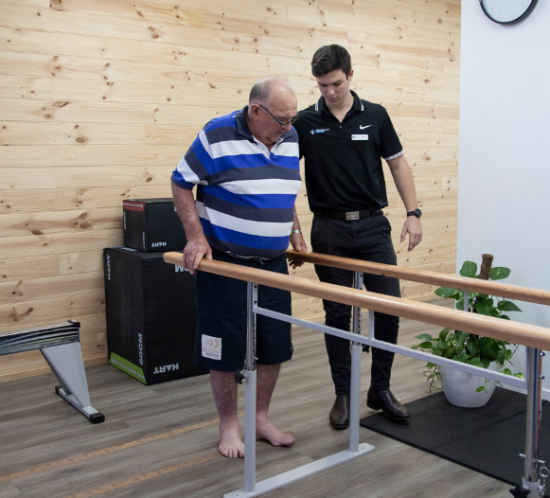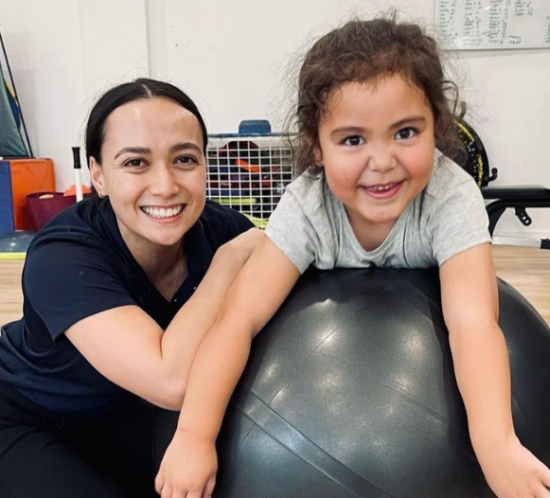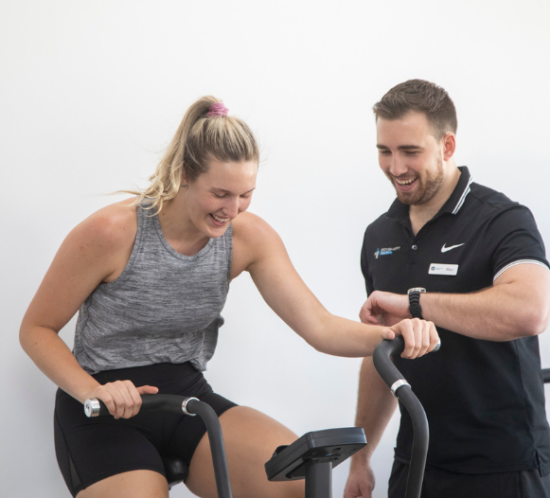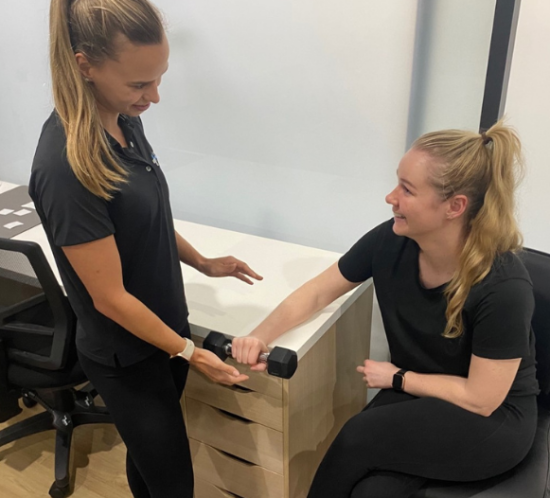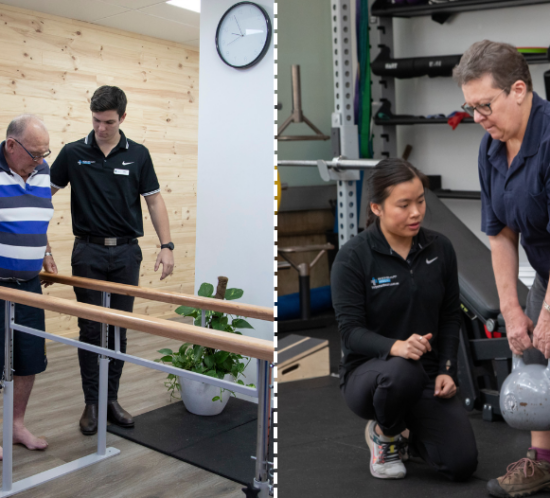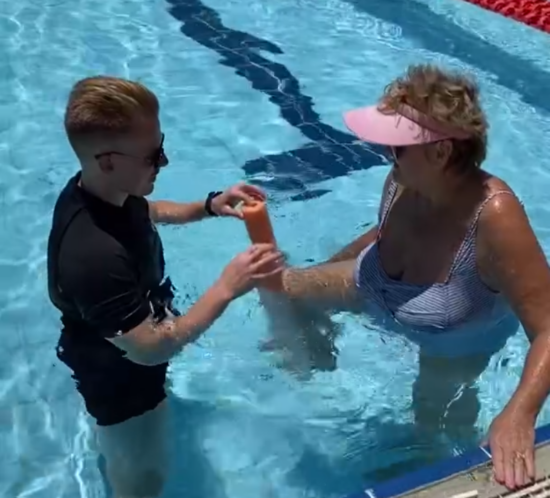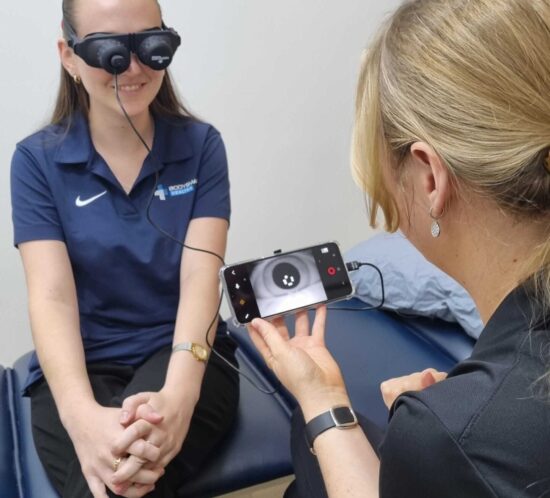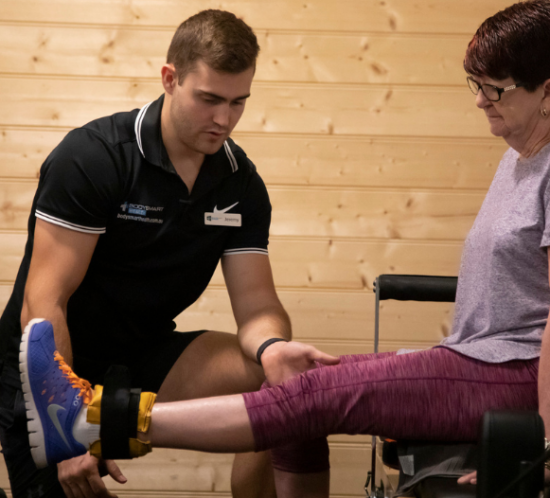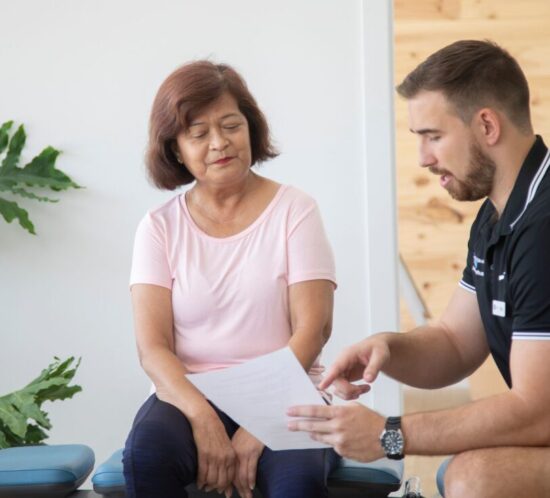Stroke Rehab
What is a Stroke?
A stroke, medically termed a Cerebrovascular Accident (CVA), is a form of brain injury occurring from restricted blood flow to specific areas of the brain (Ischaemic Stroke) or bleeding within the brain tissues (Haemorrhagic Stroke) (Al-Qazzaz et al., 2014).
Consequently, these regions are deprived of oxygen, disrupting normal neural function, and potentially causing motor or cognitive impairments (Heiss, 2012).
